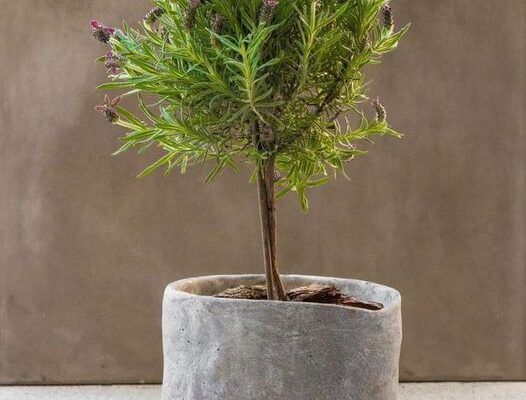A lavender tree is pure magic, seemingly straight out of a fairy tale!
Lavender, being a woody perennial, can be pruned and shaped into a tree. This is known as standard plant training or topiary.
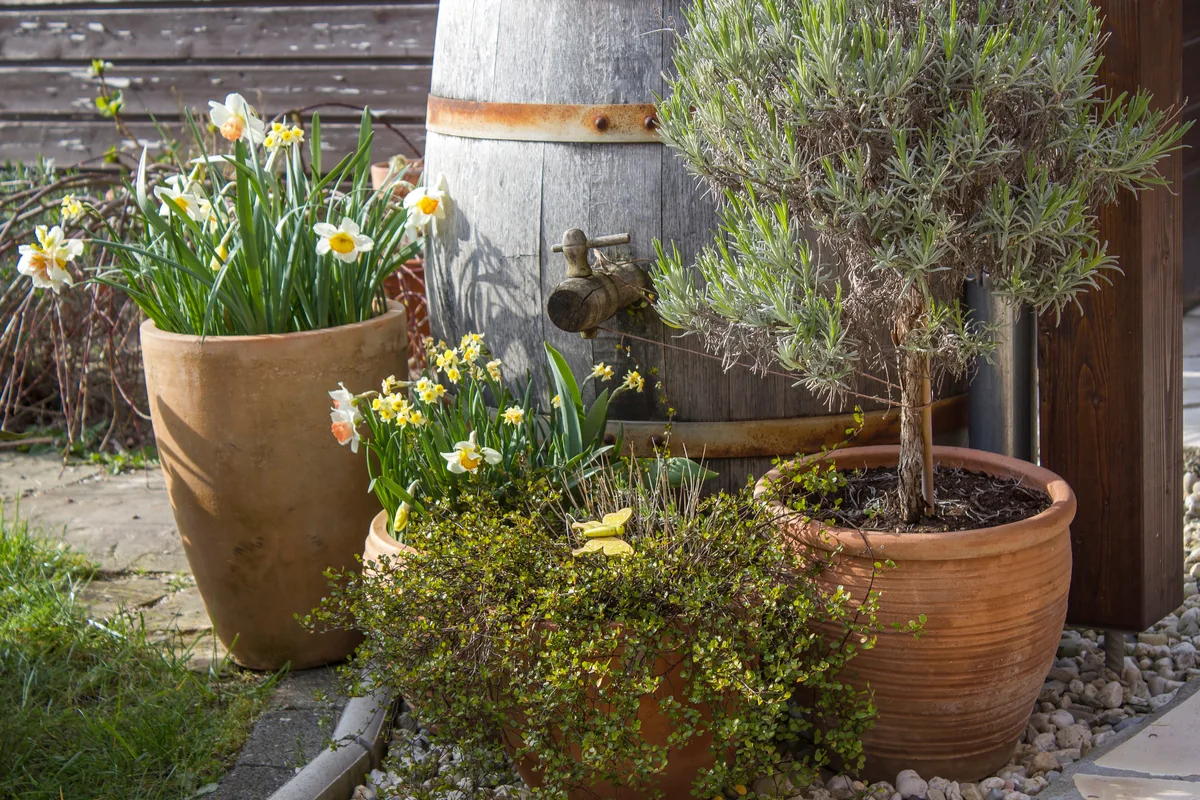
Topiary has an ancient history, notably, the Ancient Romans and Greeks were great at it.
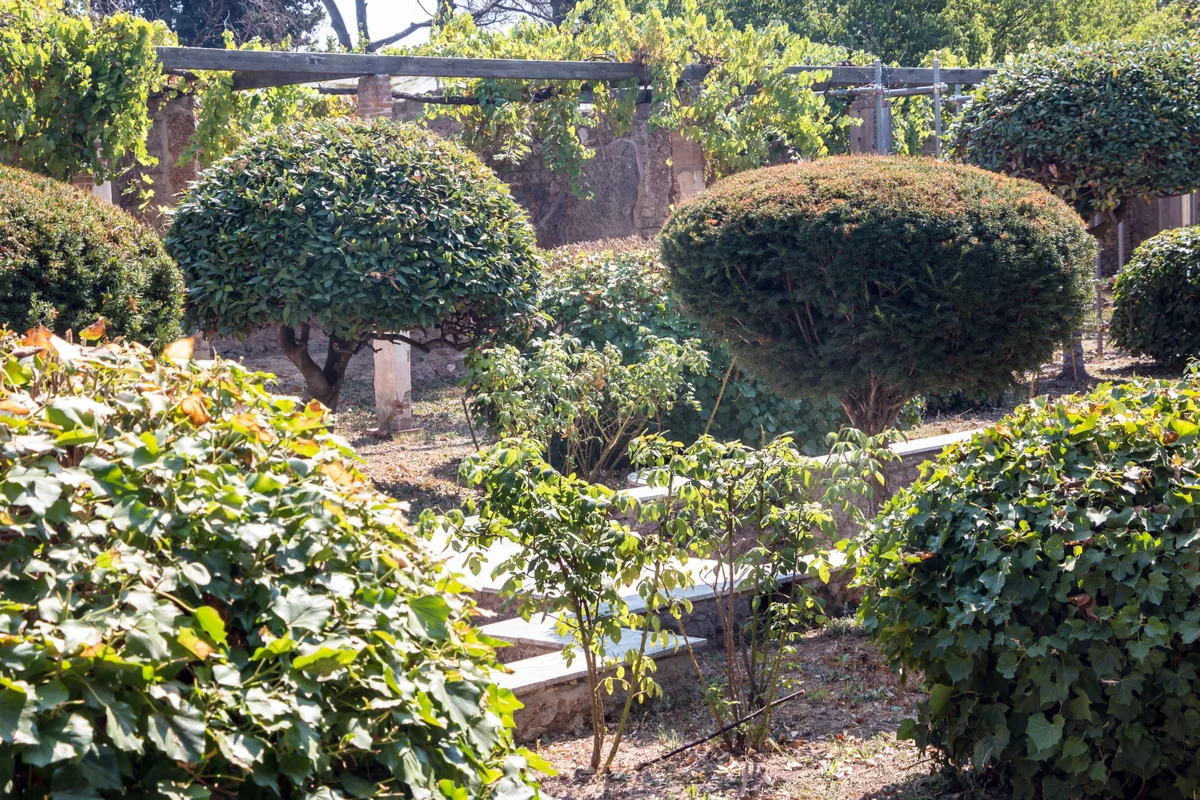
Topiary has been practiced for centuries in Asia, including many styles such as the art of Bonsai.
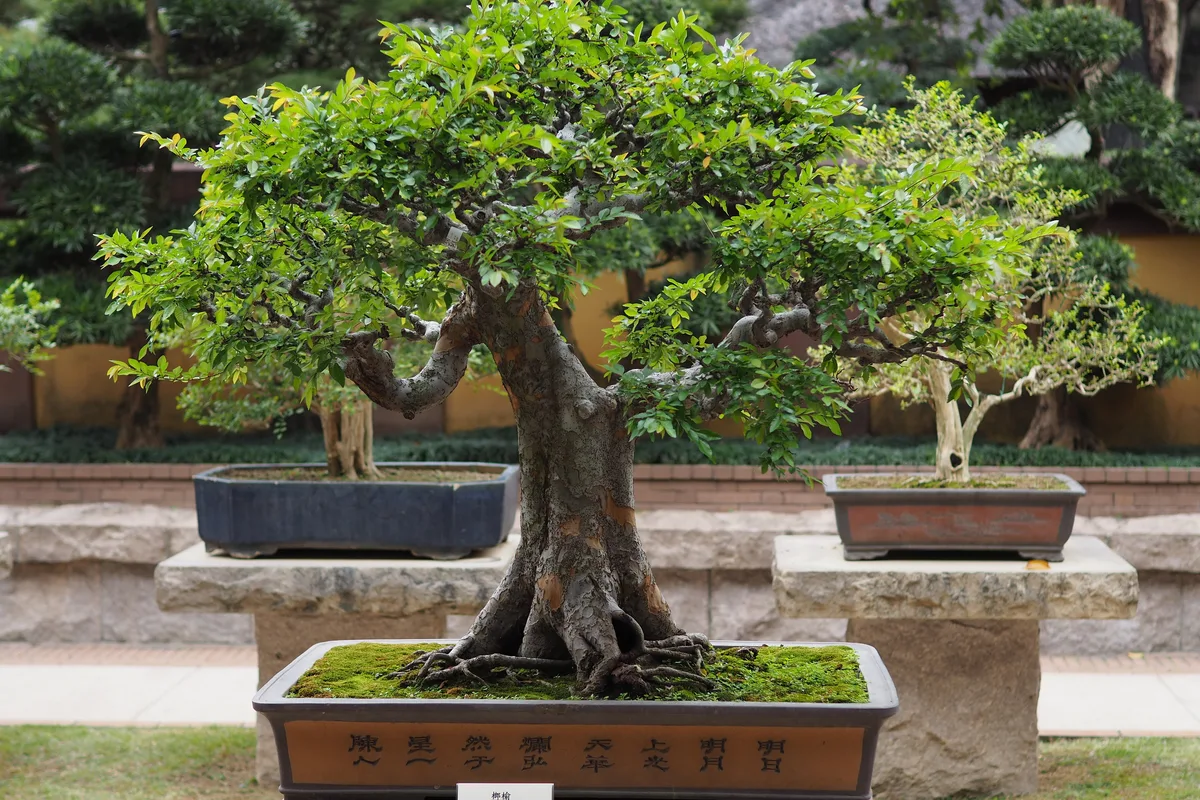
Topiary, An Art-Induced Addiction
Pruning and shaping woody plants into ornamental shapes, or topiary, is an addictive art.
At its simplest, shaping a hedge into a geometric architectural form is a style of topiary.
Evergreen shrubs including boxwood, yew, and arborvitae are trained into soft rounded shapes, angular, geometric shapes, or even picturesque scenes of animals!
Woody perennials, especially lovely fragrant lavender, are also fantastic plants for standard plant training.
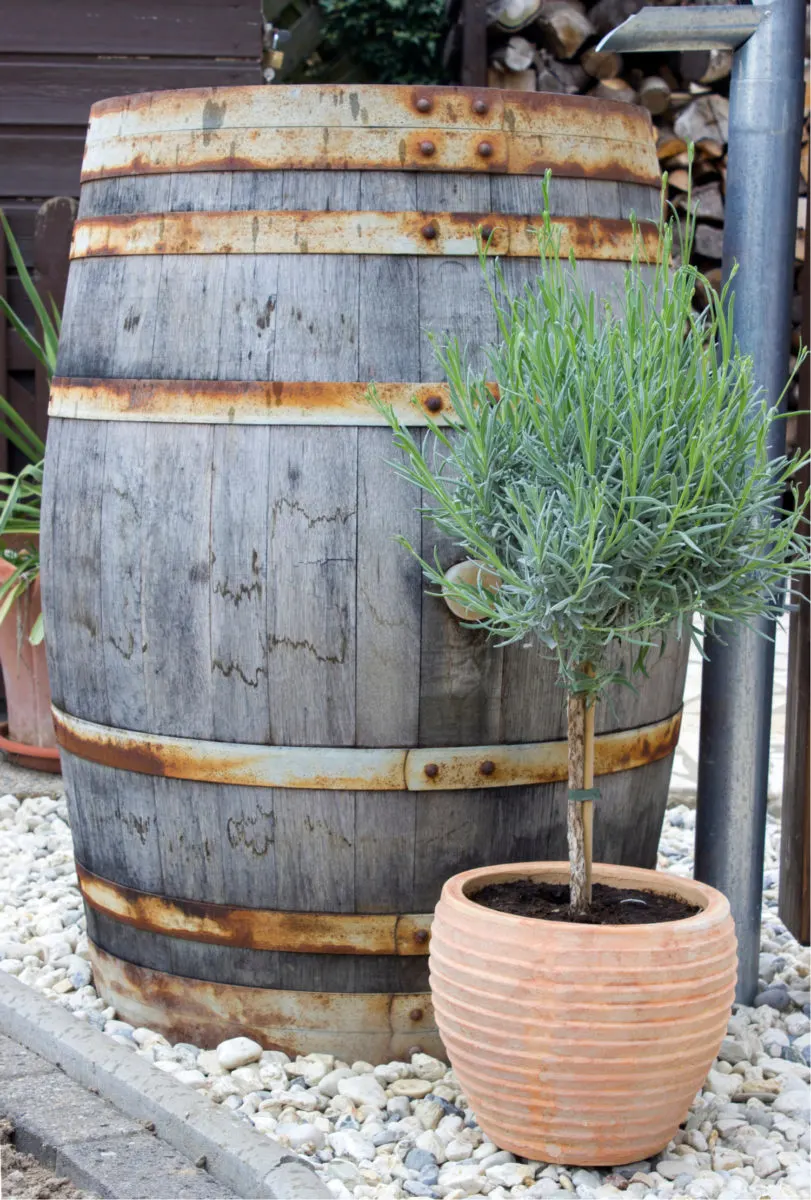
Lavender Topiary, An Architectural Adventure
Lavenders are resilient woody perennials, fantastic for topiary or training into a standard tree form.
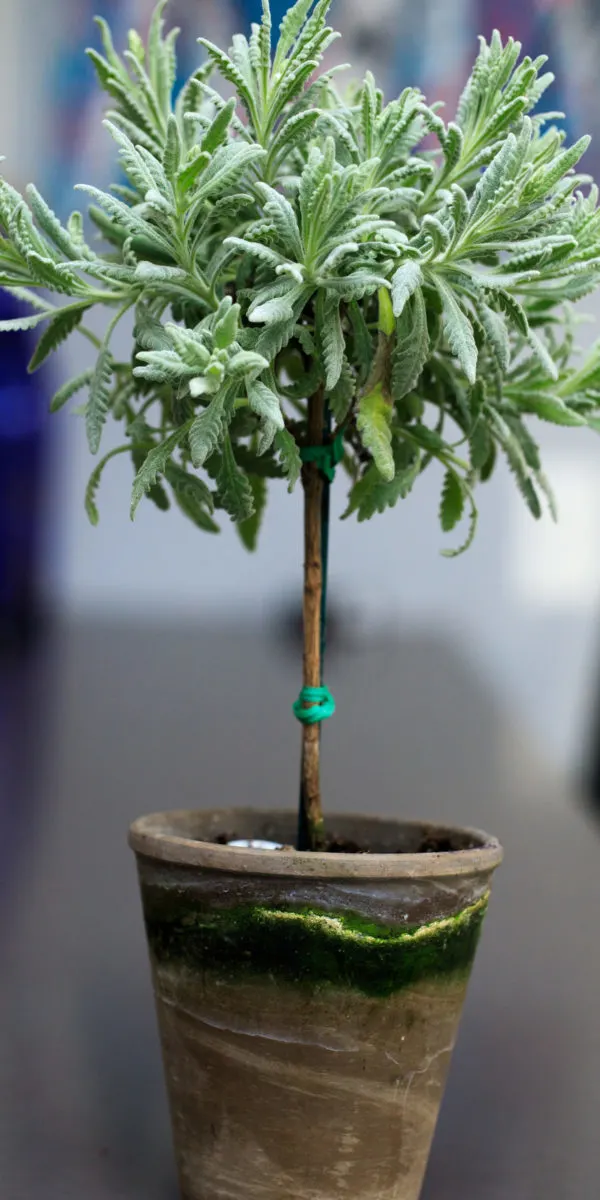
Lavender trees are grown by patiently training lavender to grow from one main stem. We will share the process for training your own lavender tree at the end of this article.
Nurseries and topiary artists also grow lavender trees ready to be enjoyed and we share some of the best places to buy a lavender tree later in this guide.
Why Grow A Lavender Tree?
The excellent reasons to grow a lavender hedge are amplified in training standard lavender trees!
Lavender trees are drought-tolerant, making them an exceptional choice to grow in dry climates or containers.
A lavender tree adds the extraordinary to a magical, mythical, fairy-tale herb garden.
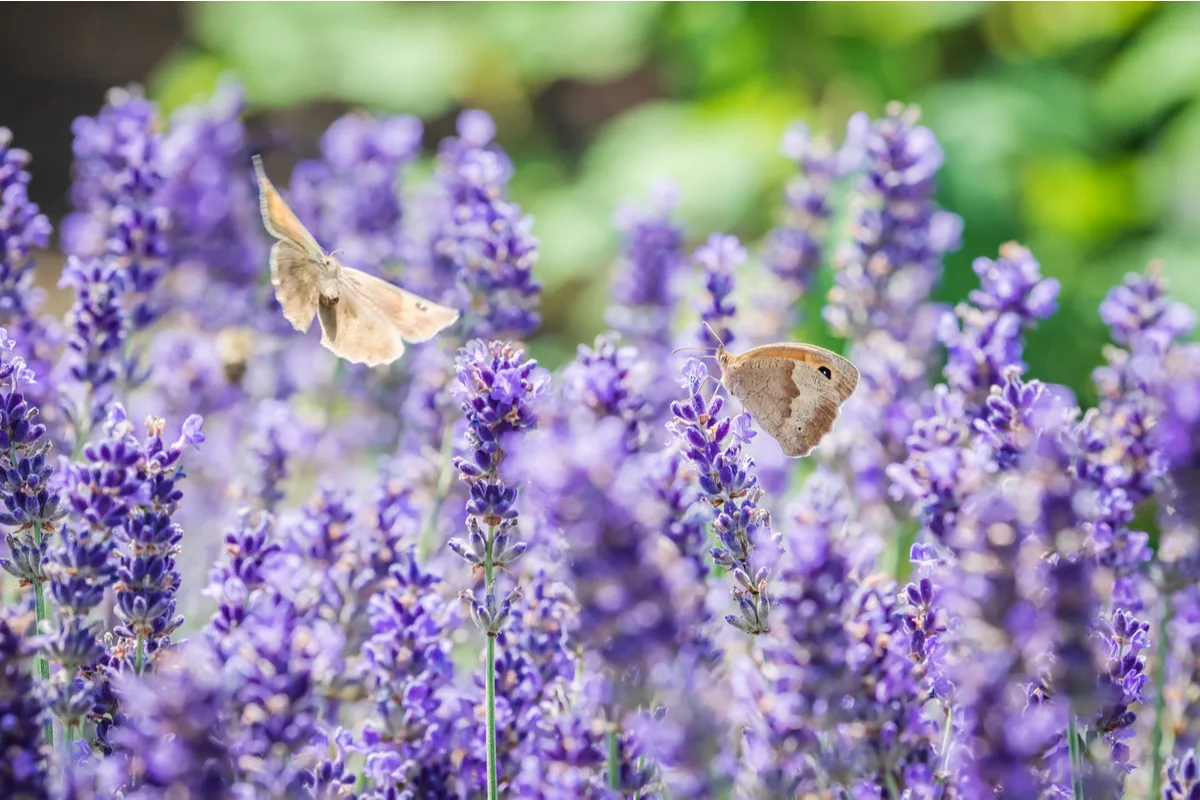
Rising to the occasion, your blooming lavender tree will attract wonderful, winged pollinators and gorgeous butterflies.
Elegantly aromatic, a lavender tree will uplift any indoor or outdoor space or patio to new heights of style and sophistication.
Famously, lavender is spectacular in cut flower gardens as well as dream-worthy dried-flower crafts.
The calming clean aroma of lavender is also a natural sleep aid that reduces anxiety, and restlessness.
Best Type of Lavender for a Lavender Tree
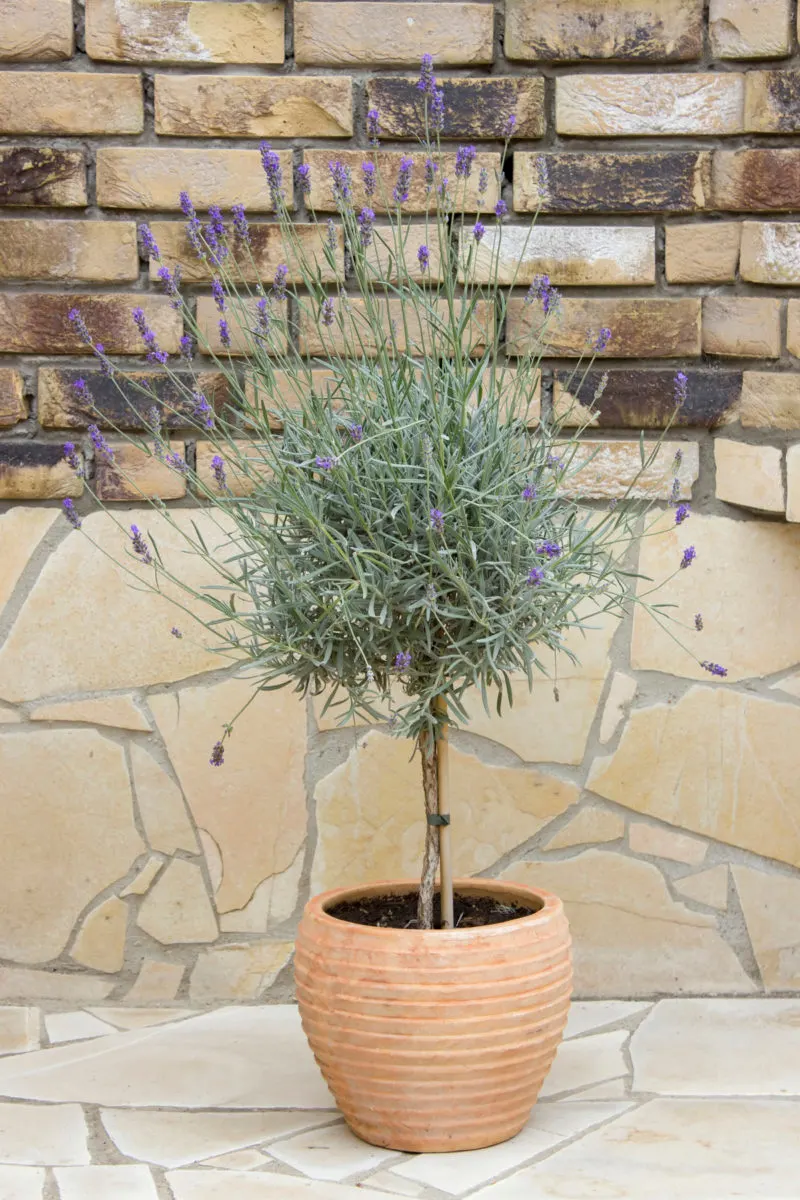
Lavender ‘Grosso’ (Lavandula x intermedia ‘Grosso’)
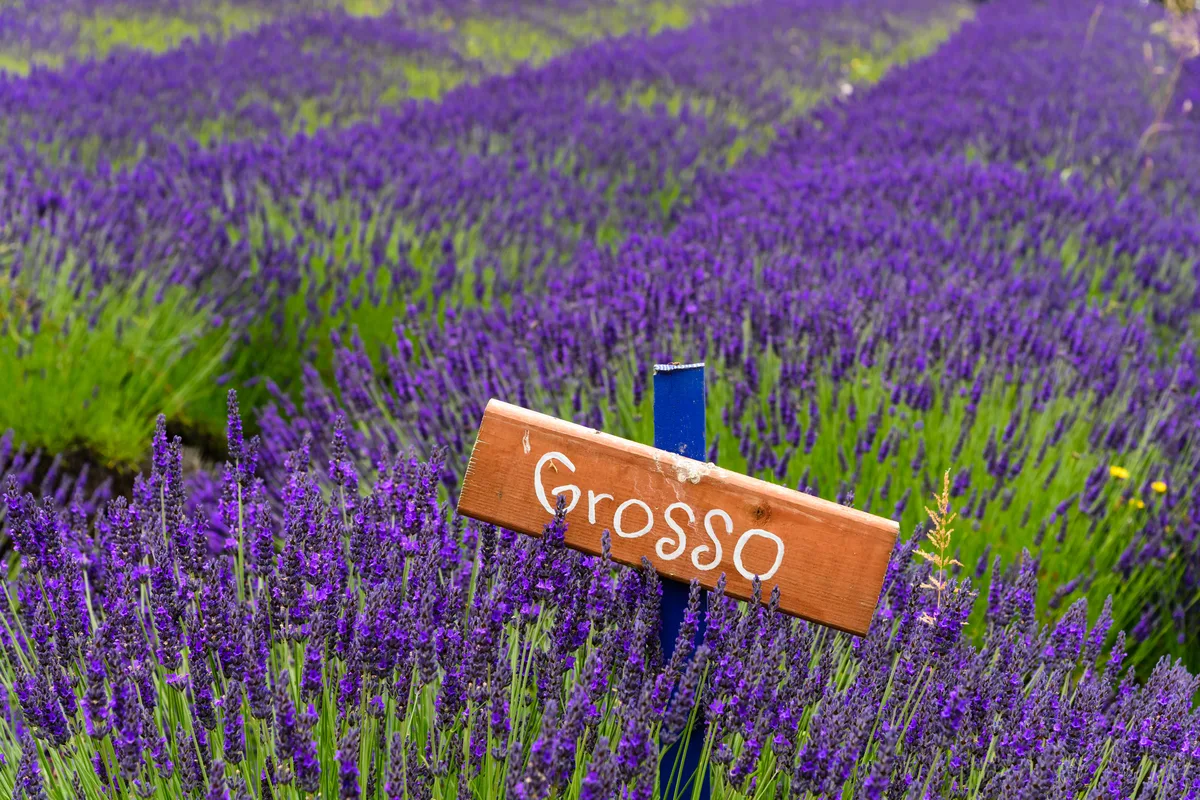
An exceptionally fragrant, tall variety that reaches up to 3 feet. The long stems support grey-green foliage and deep blue-purple flowers in summer.
Silver Anouk Spanish Lavender (Lavandula stoechas ‘Silver Anouk’)
Blooming in late spring through to fall, the dark violet flowers are made even prettier by their striking petal-like bracts. Thriving in humid, hot climates, dense silver-blue foliage accents the abundant repeat blooms perfectly on plants that reach 24 to 30 inches tall.
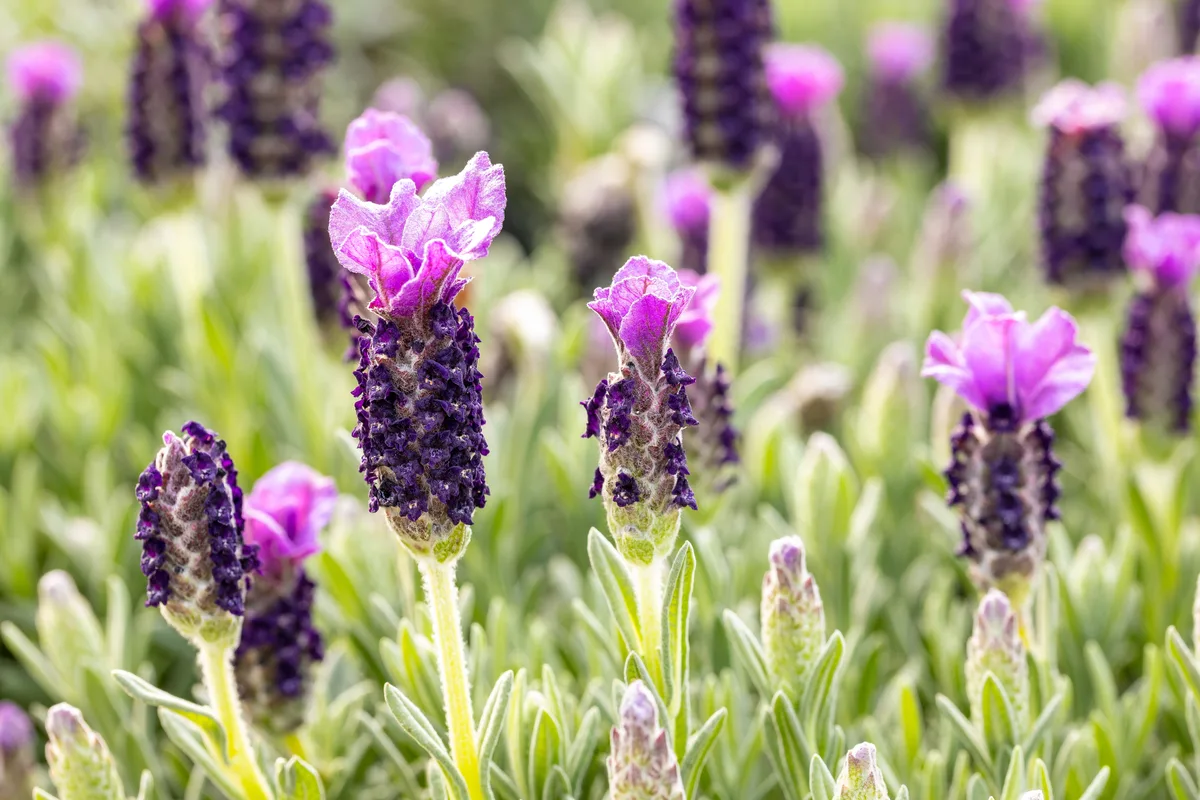
Goodwin Creek Gray Lavender (Lavandula x ginginsii ‘Goodwin Creek Gray’)
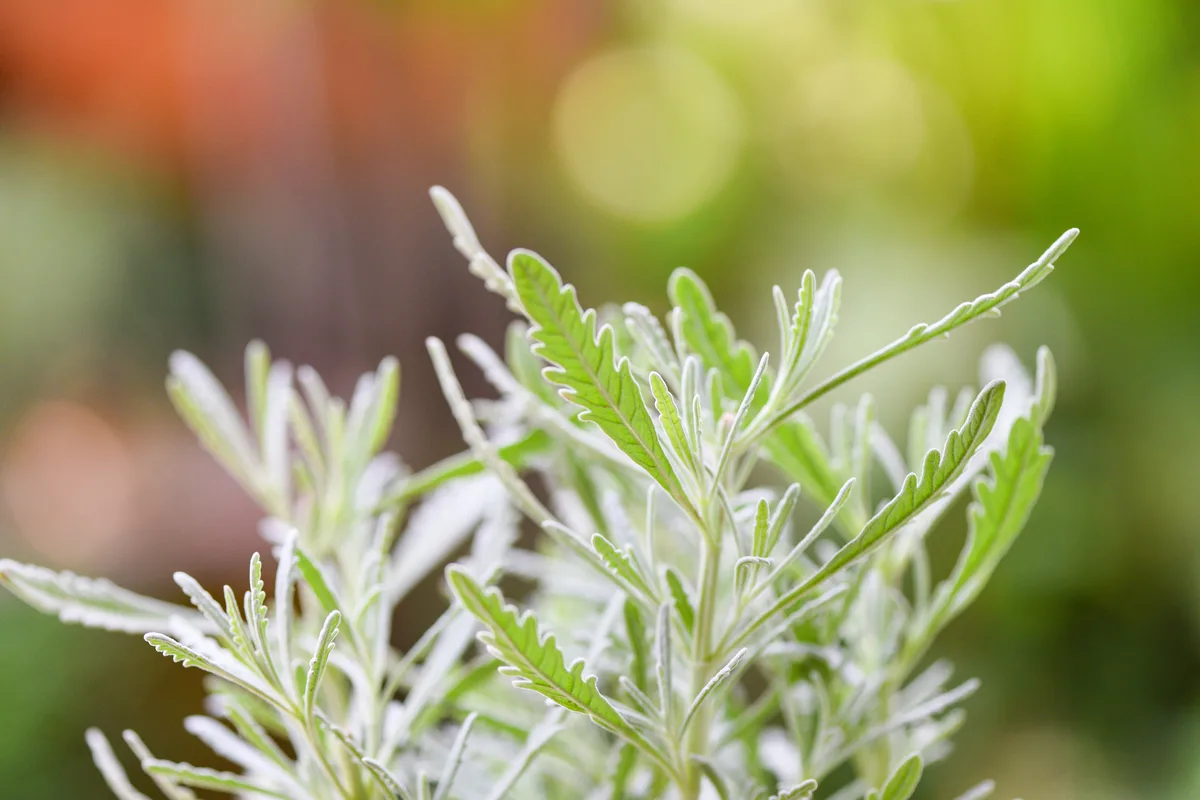
Among the tallest of lavenders, Goodwin Creek Gray Lavender reaches up to 4 feet tall with long, slender, dark purple flower spikes. Loves hot, dry climates, this lavender is suited to container growing and can easily be moved indoors during winter for year-round interest.
Where to Buy a Lavender Tree
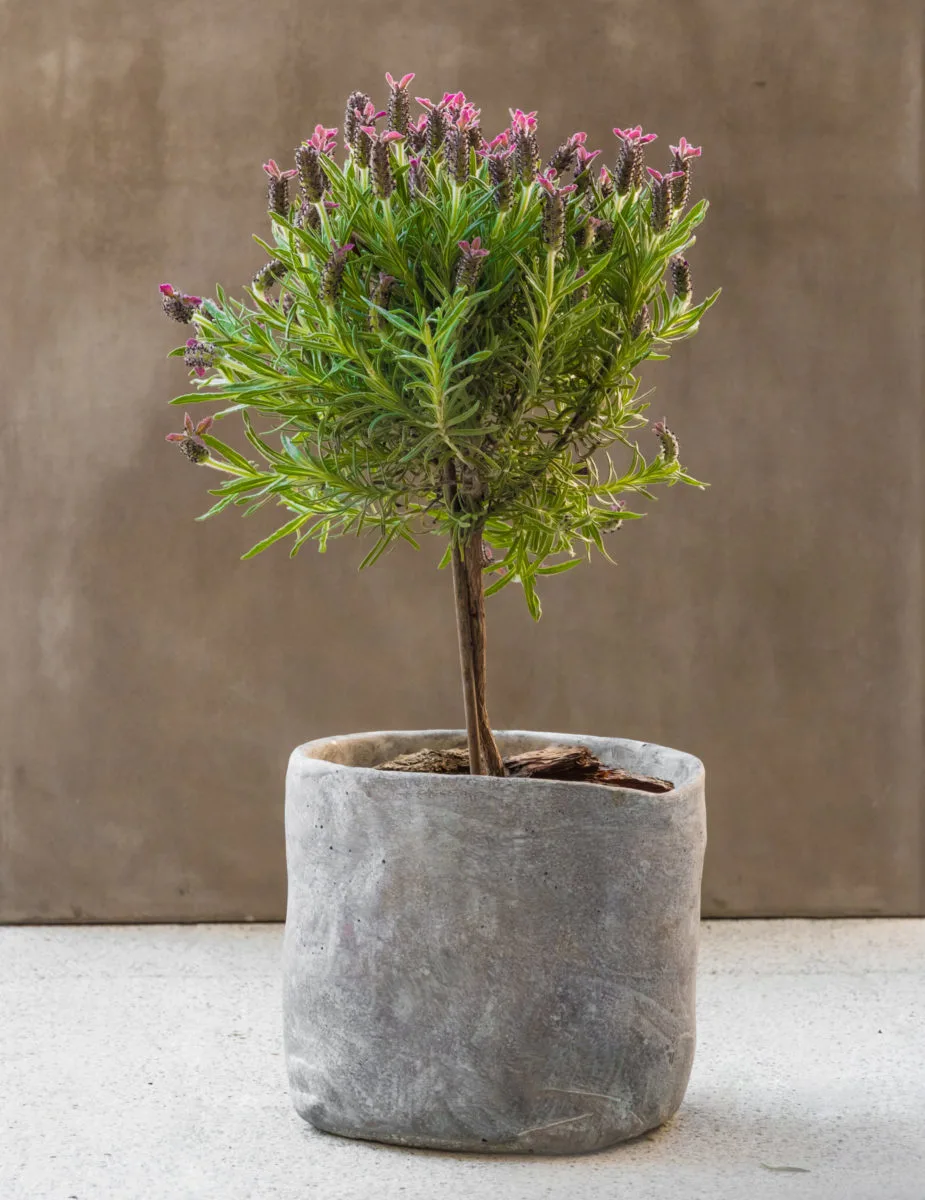
Lavender trees may be available through your local nursery. They might even grow them themselves. Otherwise, they might be able to special order your lavender tree for you.
In terms of buying a lavender tree online, Bloomscape offer this beautiful Spanish lavender tree with five different pot color choices.
Some other online retailers specializing in lavender standard topiary trees are NatureHills.com, BrighterBlooms.com, FastGrowingTrees.com, TopiaryTree.net, and Bellavintagehome.com.
How to Care for a Lavender Tree
Lavender plants love full sun, warm temperatures, and average, well-draining soils.
At home on rocky bluffs overlooking the Mediterranean Sea, lavender plants do well in similar climates and conditions.
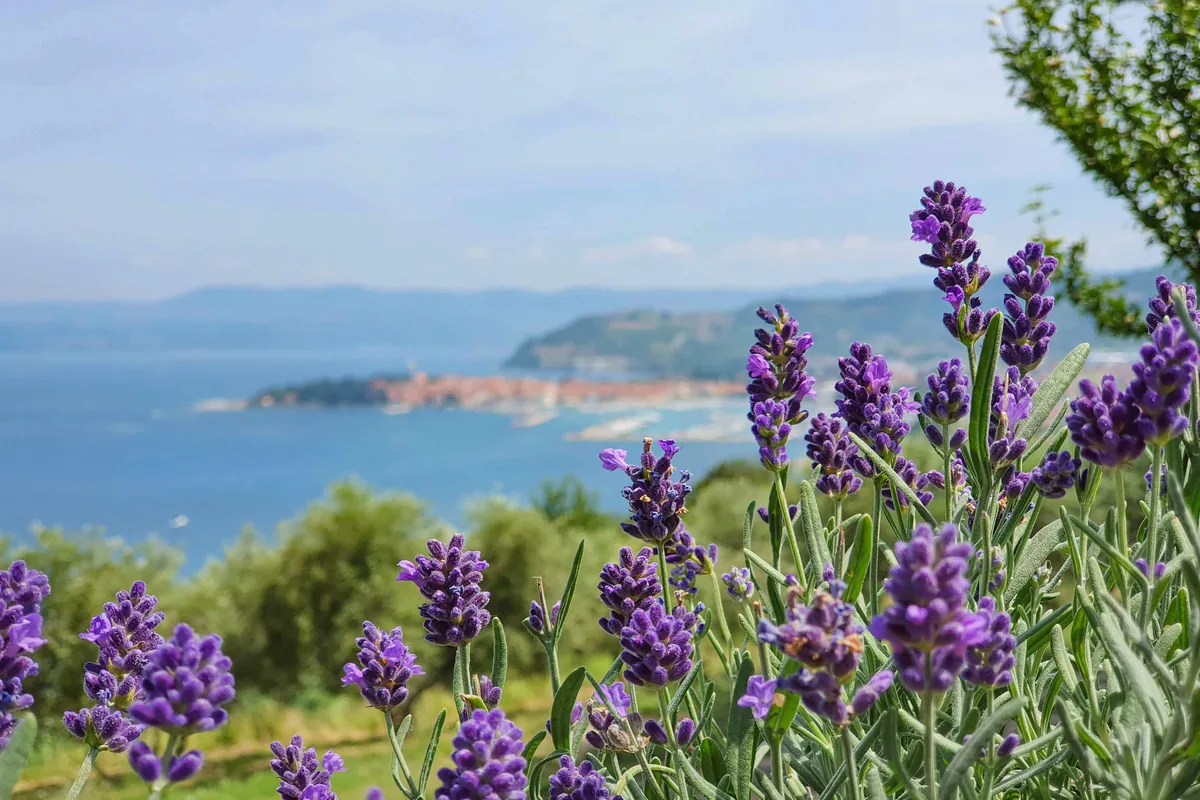
Your lavender tree can be planted in the ground or in containers.
Some lavender varieties are hardy to zone 5. Most, however, are hardy in zones 7 to 9.
As most of the living plant parts of your lavender tree are high above the ground, extra winter protection may be in order for plants that remain outdoors year-round.
Growing your lavender tree in a container allows you to move the tree indoors to enjoy during bouts of nasty weather.
Planting Location:
- Zone: 5 to 9
- Light: Full Sun
- Soil: Average to poor, well-draining soil with neutral to alkaline pH (6.5 to 7.5 pH).
- Native Habitat: Mediterranean Region, North Africa, Southern Europe, Arabia, and Asia.
- Temperature and Humidity: Relatively dry, warm, temperate conditions.
Care Needs:
- Moisture: Water moderately until established. Tolerates dry to drought conditions once established.
- Maintenance: Easy. Well-draining soil is a must.
- Feeding: Rarely necessary.
- Pruning / Deadheading: Prune annually to maintain tree form. Cut flowers as desired for bouquets or dried flower projects. Retain topiary tree look when harvesting branches and flowers.
- Overwintering: In cold climates, below zone 5 to 7, bring your lavender tree indoors during the winter. Place in the sunniest spot available and enjoy. In zones above 7, your lavender tree may survive winter outdoors. Protect from damaging cold weather and winds as necessary. Do not overwater your lavender tree. Ensure excessively well-draining soils.
If your lavender tree or plants are not looking their best, check out 6 Reasons Why Your Lavender is Dying.
Lavender Trees, Inside or Out?
Choosing where to put your very own special lavender tree is a compelling question.
If you are lucky enough to live in a perfect lavender-growing climate that is hot, dry, sunny, and above zone 7, your options are essentially limitless.
Planted among your favorite garden perennials and herbs, your lavender tree will certainly steal the show.
In the herb garden, rock garden, cottage garden, or formal garden, your lavender tree will be right at home.
A lavender tree grown in your favorite stylish container will impeccably enhance any indoor or outdoor space.
Best of all, a potted lavender plant can move with you, whatever the weather, and wherever you live.
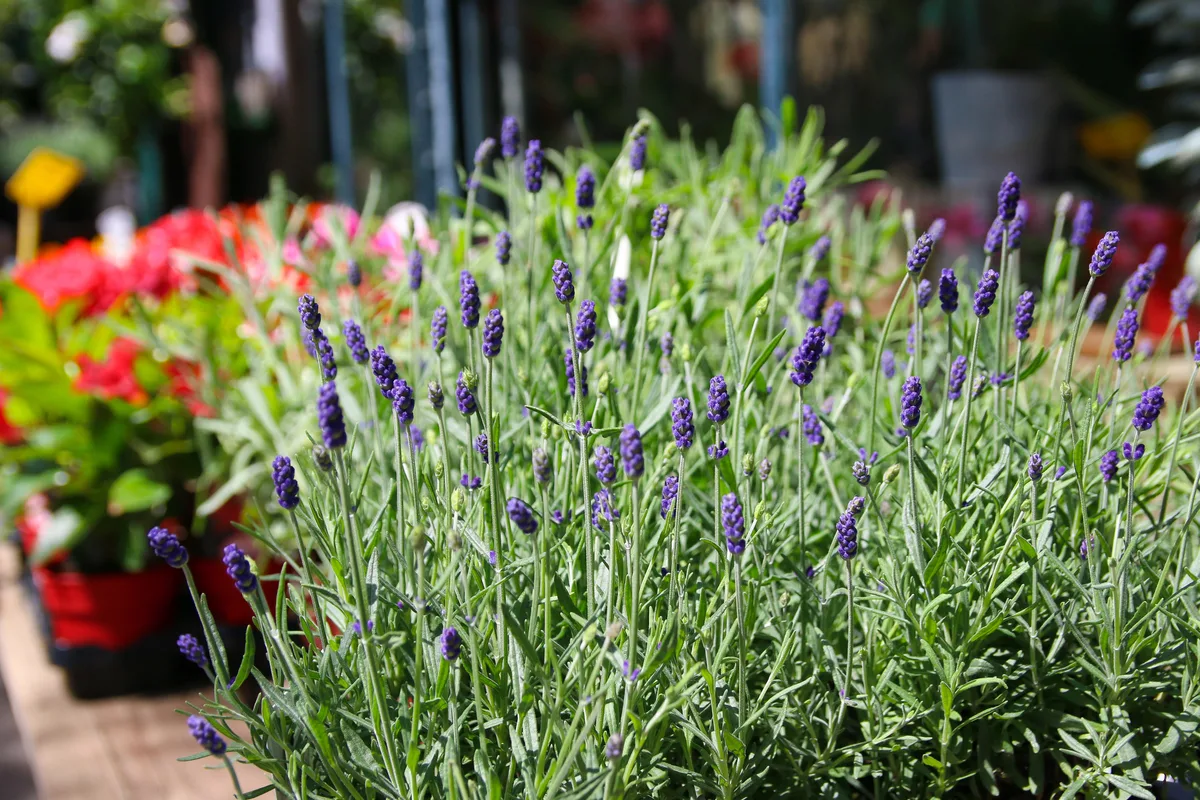
Lavender Companion Plants
Lavender grows well with many Mediterranean-style herbs such as oregano, sage, thyme, and rosemary.
Avoid planting lavender with mint, or moisture-loving hostas and impatiens.
Imagine a topiary herb garden of lavenders, rosemary, and sages!
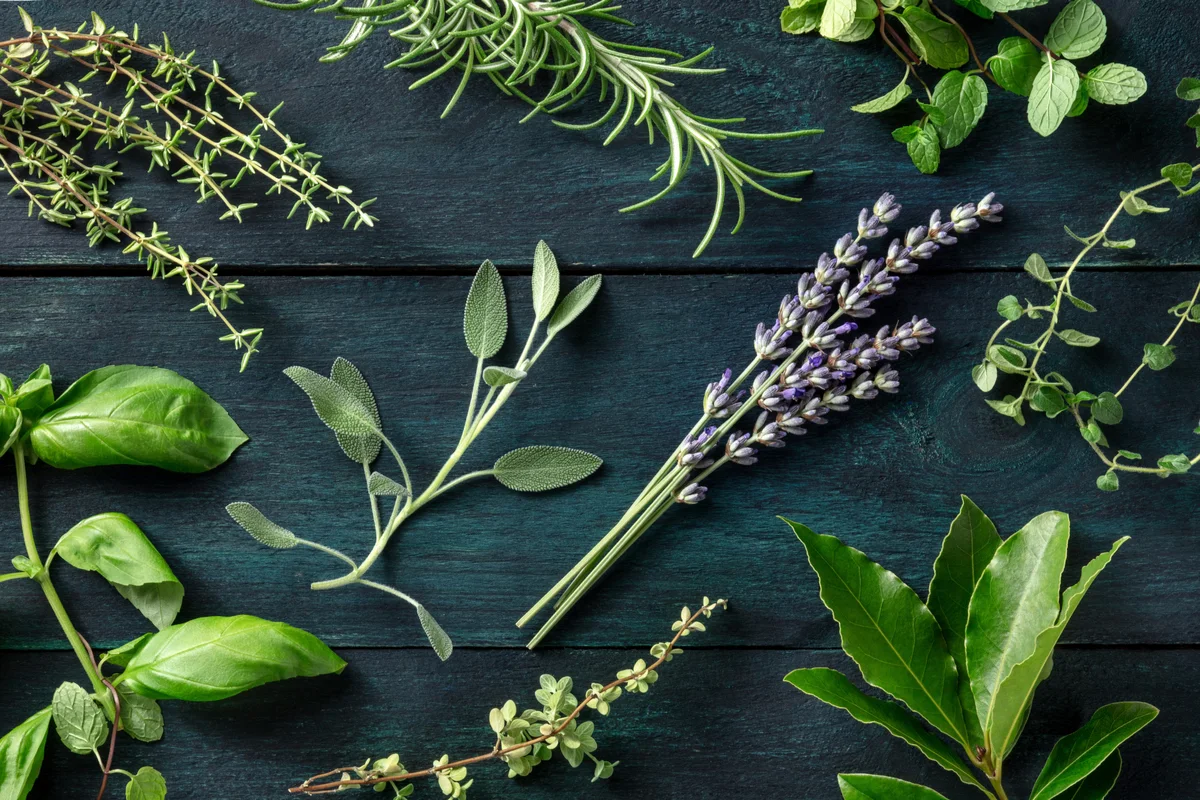
Perennial and annual flowers most loved by lavender are echinacea, black-eyed Susan, African daisy, and zinnias.
Climbing and topiary rose bushes will compliment your lavender tree beyond imagination.
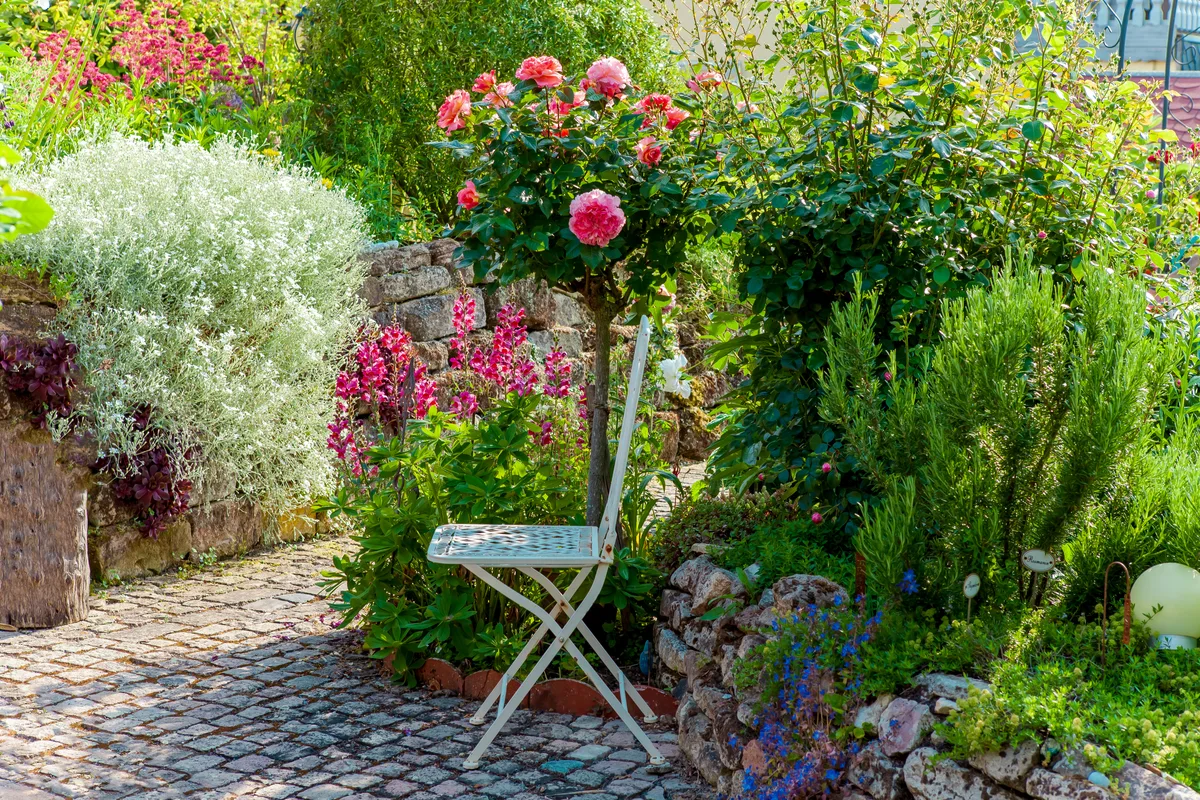
Underplanting a Lavender Tree
A fine mulch or pea gravel is lovely to cover the soil under your lavender tree.
You can underplant your lavender tree as well. Discover the dreamy fragrant mix of lush creeping thyme under a lavender tree.
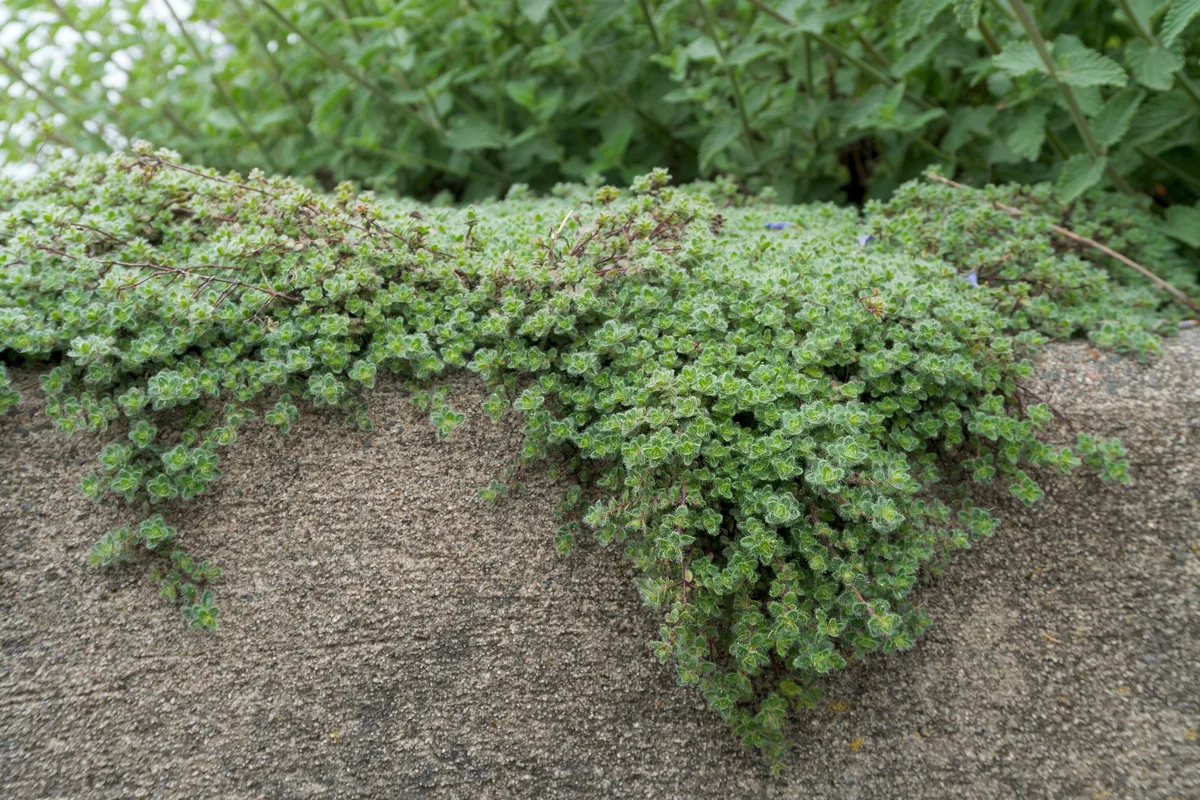
Or perhaps the happily drought-tolerant colorful range of creeping sedums below the aromatic branches.
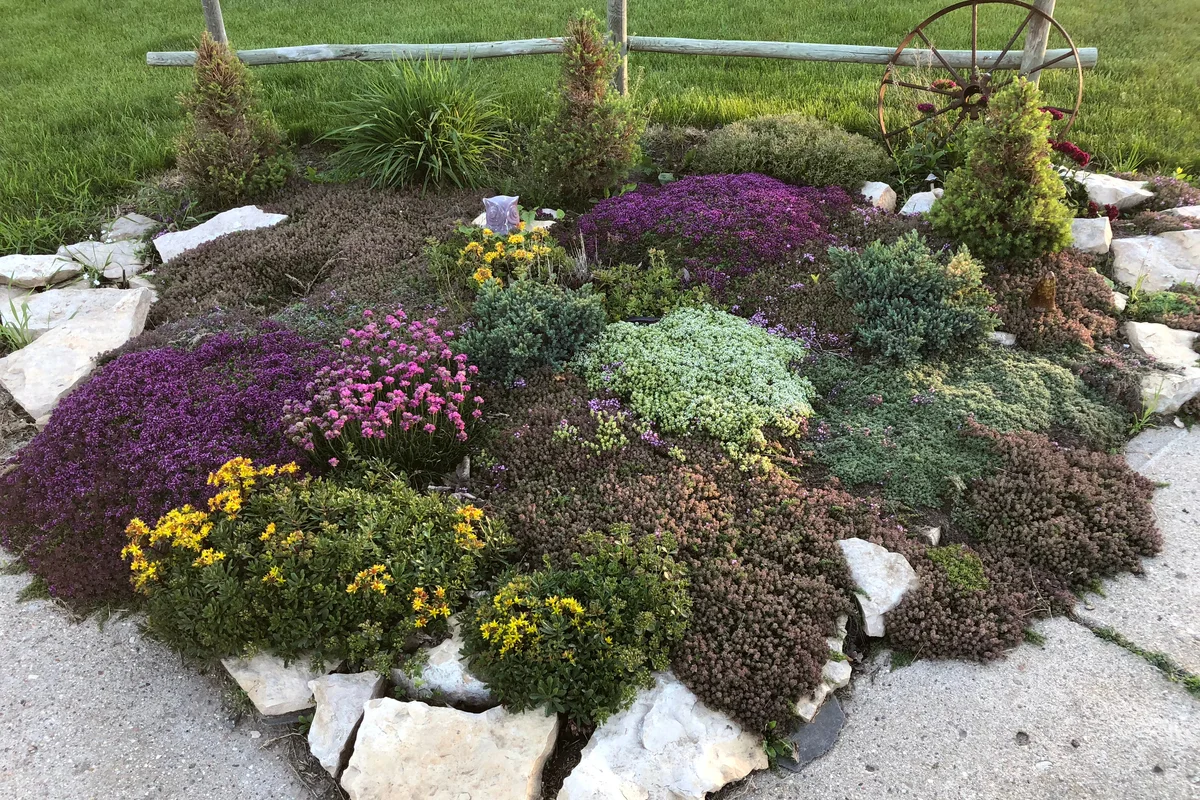
Endearing and cheerful, spring and fall blooming pop-up pansies are delightful under a lavender tree.
How To Train Your Own Lavender Trees
Following on from our How to Propagate Lavender from Cuttings, below are some tips to train your lavender into standard tree form or topiary.
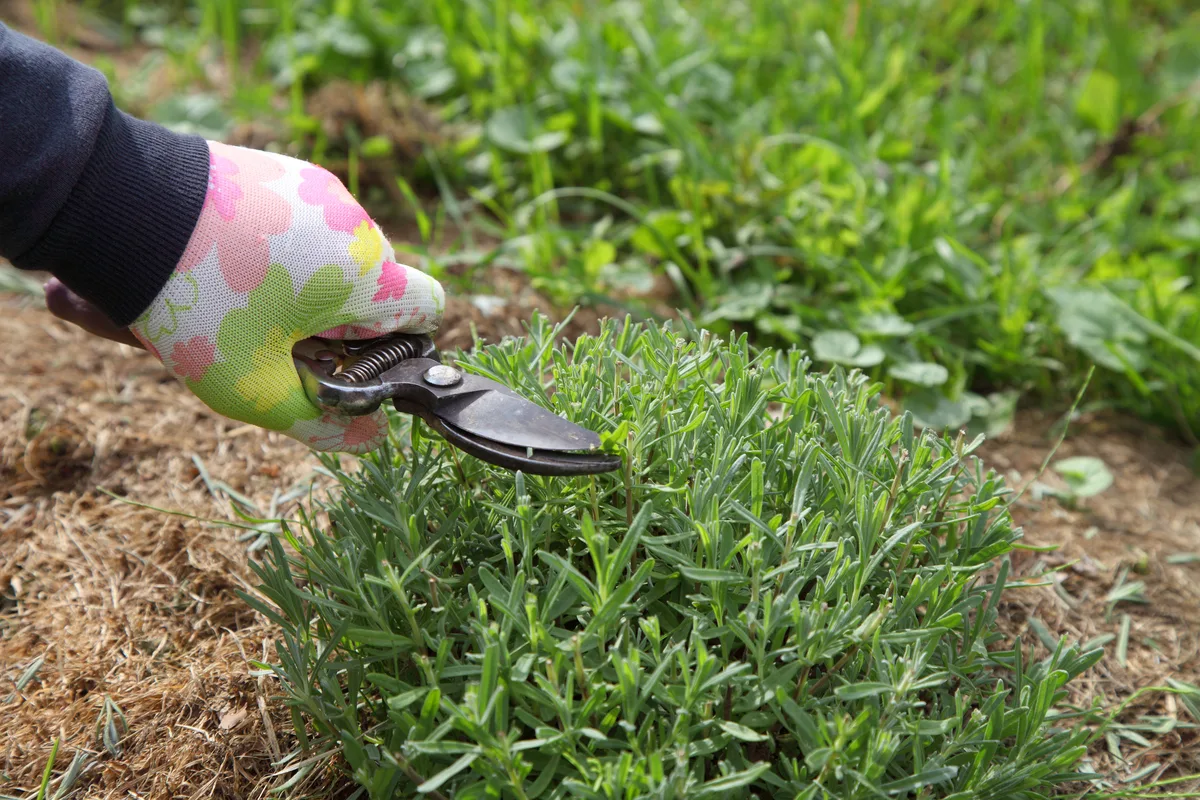
You can also train mature lavender plants into a tree or topiary form. Although, it may be easier to start with young seedlings.
- Choose seedlings or plants that have a strong prominent main stem.
- Pinch or prune any shoots or branches while leaving the main stem in place.
- With seedlings, allow upward growth, pinching, and pruning side shoots as the plant matures.
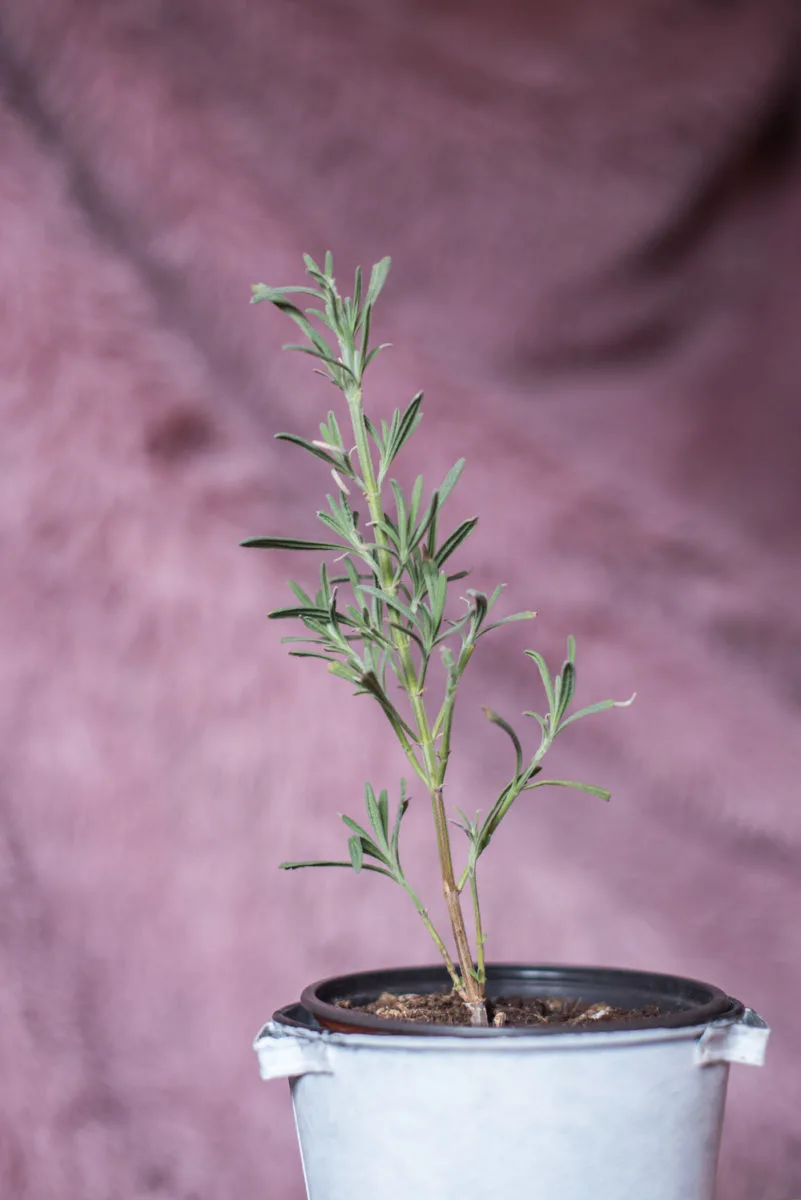
- Continue the practice until the lavender plant has a tree-like main stem.
- Allow the plant to begin to branch out above the desired main stem height.
- Continue to pinch and prune the ‘treetop’ to allow bushy, full growth. This will form a ball or treetop structure above the main stem.
A perfect balance of wellness and elegance, a lavender tree is incredibly special indoors and out!
